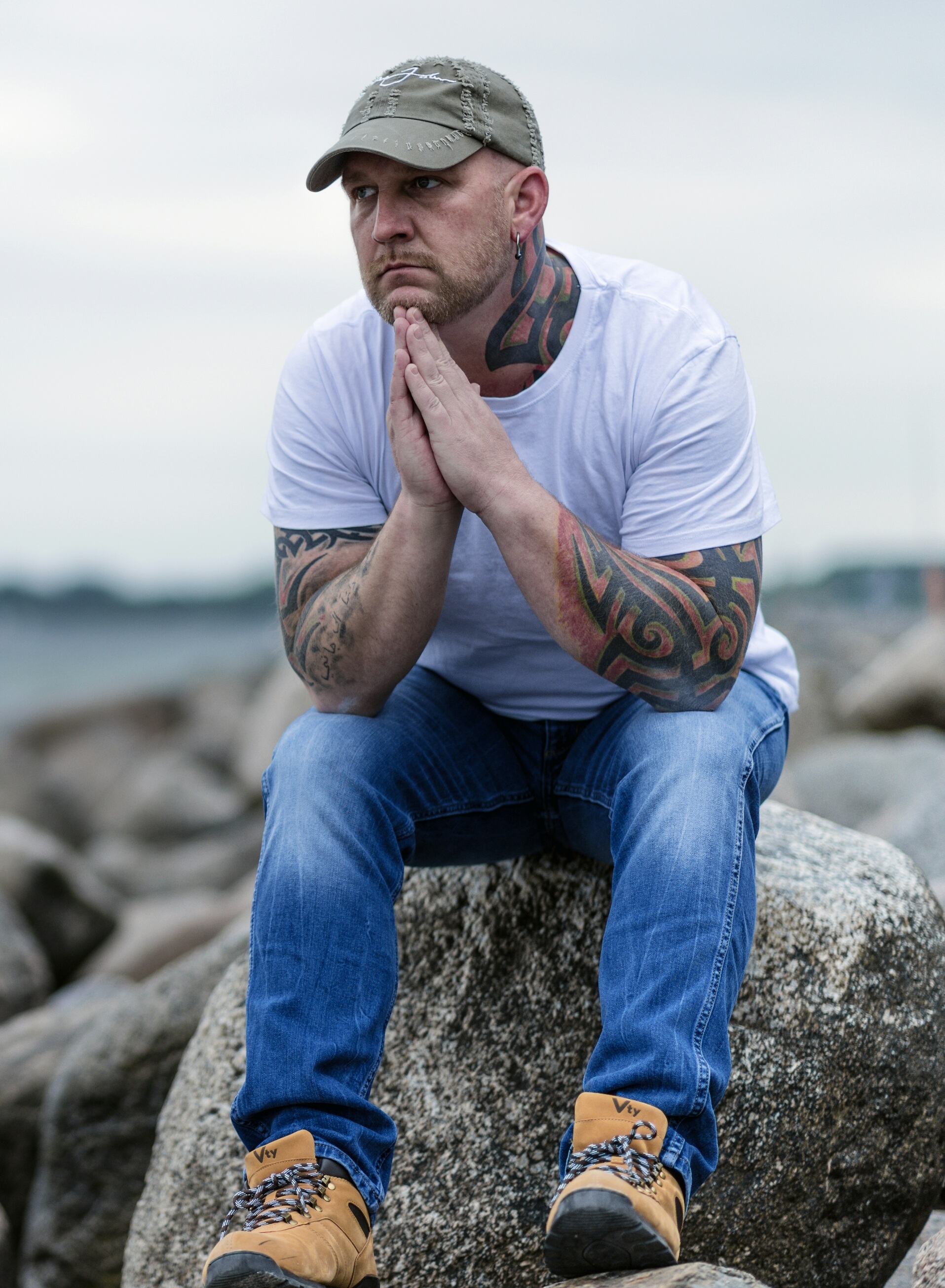I have a particular interest in preventing mid-life marriage meltdown, a problem that is becoming I increasingly prevalent today. My first marriage came to an end when I was 33 years old. We had two children and had thought our marriage would last forever. I healed the wounds of love and loss and eventually fell in love again. My second marriage lasted less than three years.
As a psychotherapist and marriage and family counselor, I felt guilty and ashamed that I was counseling others on what should work to insure a happy marriage and joyful life, but I couldn’t seem to make it work in my own life. Before trying again, I vowed to learn the secrets of real, lasting love. I read everything I could find from the experts. I went into therapy myself to learn how my past wounds from childhood created a faulty love map and caused so many of us to lose our way.
I’m happy to say I found what I was looking for. I met and married Carlin and she and I have been joyfully married now for 37 years. But we are the exceptions. Not only do 50% of first marriages end in divorce, but 66% of second marriages don’t make it, and 73% of third marriages fail.
I’m offering two free webinars on the 3 Hidden Causes of Mid-Life Marriage Meltdown on Thursday, April 20, 2017 at 5:30 PM Pacific time. I’ll cover the same information on April 27th at 5:30 pm in order to accommodate different time zones. Please sign up for the one that works best for you.
Mid-life can be the best time to be married. We are not so caught up with children and work. It’s a time we can really enjoy each other and be true partners as we age. “Grow old along with me! The best is yet to be.” These words by the poet Robert Browning capture what a lot of us long for as we move into mid-life and beyond. However, as a marriage and family counselor I see too many relationships fall apart, just when the couple could be enjoying their lives the most. I see too many people that want to start again, but they are afraid of what they might face.
A recent research study found that the divorce rate among adults aged 50 and older doubled between 1990 and 2010. In 1990, 1 in 10 people who got divorced were over 50. Roughly 1 in 4 divorces in 2010 occurred to persons aged 50 and older. The study found that over 600,000 people aged 50 and older got divorced in 2010 and they predict that the number of over-50 divorces in 2030, based on current trends, could easily top 800,000 per year. I’ve found that most mid-life couples would rather stay together, but don’t know how to make things work and those who would like to find a partner are afraid of making the same mistakes again.
We often think of relationship success being dependent on women. “Happy wife, happy life,” is a statement of that belief. But I’ve found that men’s happiness and well-being may play an even more significant role. I’ve found there are three, little known, male maladies that can undermine even the strongest marriages.
- Male irritability and anger, also known as “Irritable Male Syndrome.” I wrote about in a recent article, “Irritable Male Syndrome: The First Hidden Cause of Mid-Life Marriage Meltdown.”
- Male menopause (Andropause) and other issues of aging in men.
- Male-type depression.
According to the World-Health Organization (WHO), the global rate of depression has increased nearly 20% since 2005. In 2015, the WHO estimated 322 million people were living with depression, making it the leading cause of ill health and disability worldwide. Yet, 50% to 90% of people who are depressed don’t receive treatment.
This is particularly true of men. A research study which examined depression in men and women concluded, “Women get help, men die.” They found that 75% of those who sought professional help in an institution for suicide prevention were female. Conversely 75% of those who committed suicide in the same year were male. Why do so many men die from suicide?
The key reason is that we don’t often recognize the symptoms of depression in males. World-wide it has been reported that the rate of depression in women is twice the rate in males. My own research, as well, as research by colleagues has shown this isn’t the case. Men and women experience depression at the same rates.
However, we don’t recognize depression in men because it manifests differently. Ron Kessler, Ph.D., a professor of health care policy at Harvard, describes depression in men this way. “When you study depression among children, they don’t talk about being sad, they talk about being angry and irritable,” he said. “Children don’t have the cognitive capacity to make sense of all their feelings. There’s a great similarity between children and men. Men get irritable; women get sad.”
Male-type depression can undermine a marriage. It’s difficult to love a man who is often angry and irritable, but feels deep pain inside. He longs to be loved, but pushes those who could love him away.
There are two life forces in the natural world. Anthropologist, Angeles Arrien, calls one force the outer-directed dynamic and other the inner directed magnetic. I believe there are dynamic depressions which are expressed by “acting out” our inner turmoil and magnetic depressions which are expressed by “acting in” our pain.
I have developed a chart to describe the main differences in the ways males and females experience depression. Most depressed people will find they identify with some things on both sides of the chart. However, most depressed men, I believe, will identify more with the dynamic depressions and most women will identify more with the magnetic depressions.
This article originally appeared on Jed’s blog.




